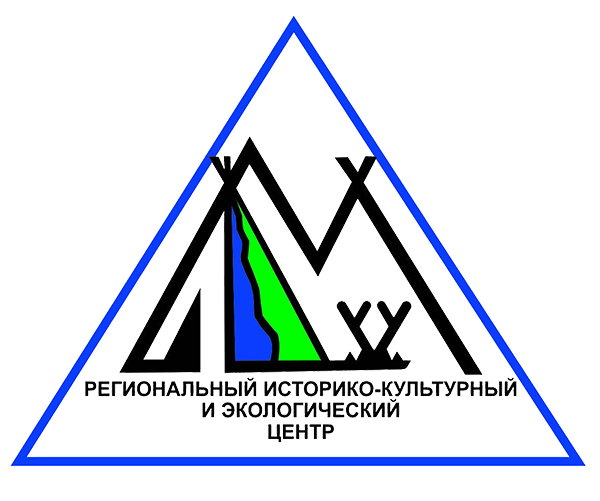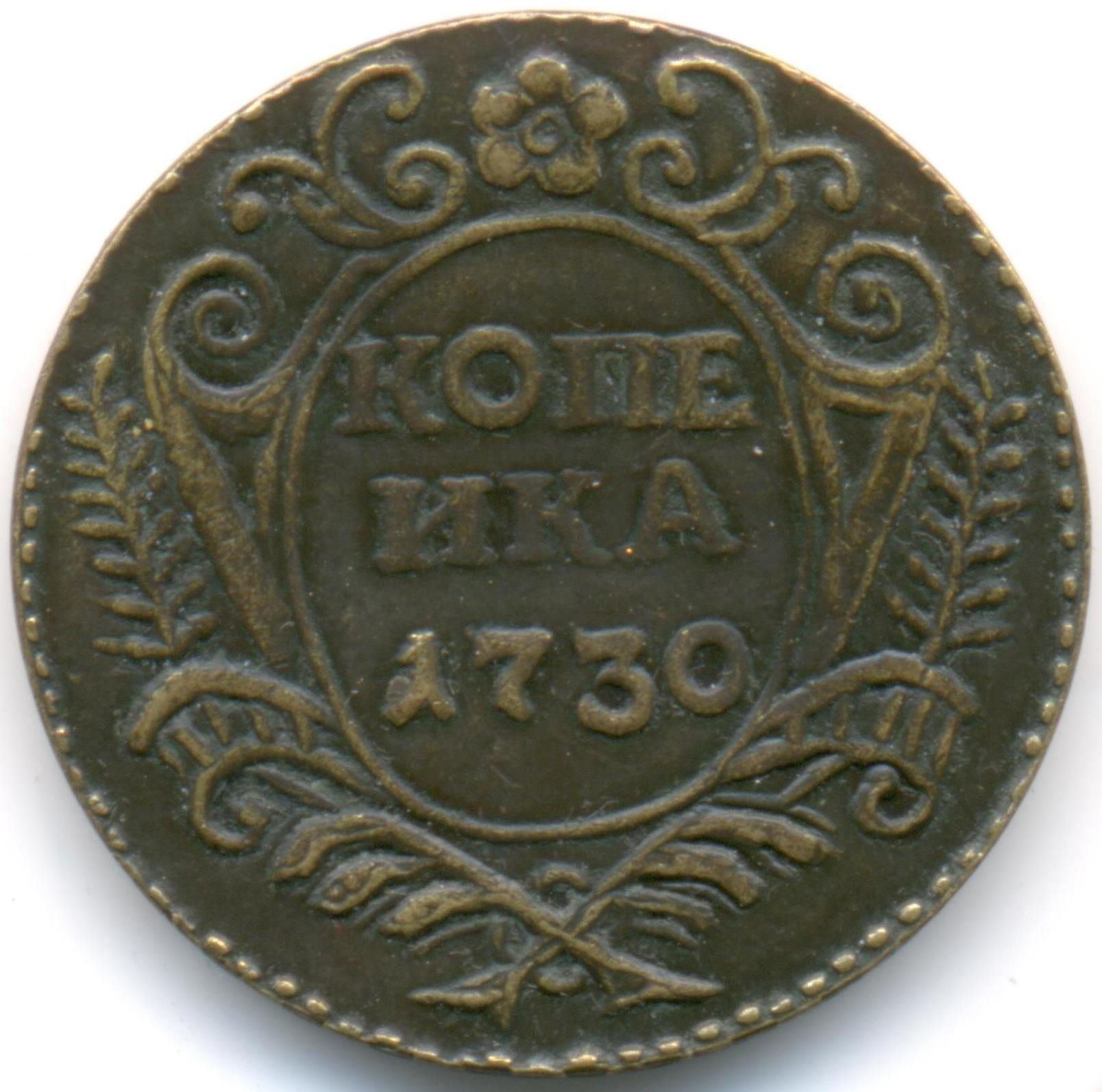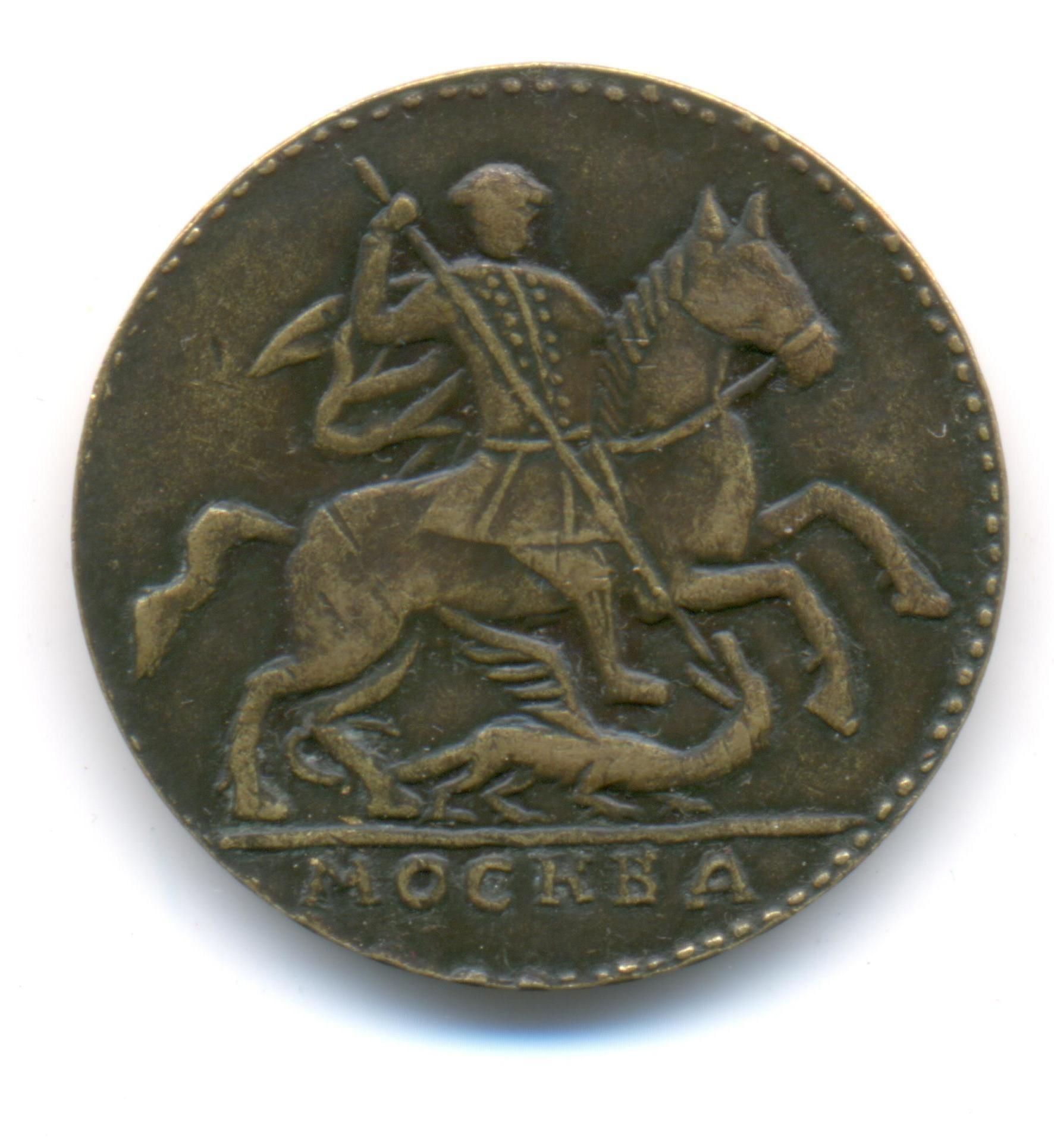Рубрика: Предметы и Факты (+translation) (от 01.11.2022-2)

Внутренняя и внешняя политика племянницы Петра Великого, Анны Иоанновны, подвергалась тщательному анализу множества историков и, как это принято в широких научных кругах, к единому мнению прийти так и не смогли. Знаменитый российский историк, Василий Ключевский, считал, что «Это царствование — одна из мрачных страниц нашей истории, и наиболее темное пятно на ней — сама императрица». Сейчас многие считают, что негативные оценки правления Анны излишне преувеличены, мол она делала то, что делали многие монархи после 1725 года – стабилизировала государственную систему после стремительных реформ Петра I. Интересно будет упомянуть также и то, что именно она во многом сохранила столичный облик Петербурга, который рисковал стать типичным провинциальным городком.
Впрочем, весьма спорное время пришлось и на экономику. Императрица Анна Иоанновна получила в наследие пустую казну, огромный государственный долг и запущенное монетное дело. Такая ситуация сложилась из-за частых войн, дворцовых переворотов и неудачных действий предыдущих политиков. Уже в первый год царствования Анне Иоанновне пришлось буквально спасать финансы страны и проводить денежную реформу. К этому темному времени на подделку денег решались даже под угрозой самых ужасных наказаний. При Екатерине I с подачи Меньшикова и вовсе стали чеканить низкопробные серебряные гривенники, примешивая в монетный сплав мышьяк. Все это подорвало денежную систему и финансы страны. При Анне начали массово изымать и перечеканивать старую монету по новой монетной стопе – 10 рублей из пуда меди. Например, копейку-крестовик изымали у населения по цене деньги и перечеканивали в деньгу. Также вовсе пришлось отказаться от чеканки пятаков (последний выпуск был в 1730 году) и копеек. Наш сегодняшний предмет – копия пробной монеты 1730 года, такие монетки значительно опередили свое время.
При Анне Иоанновне к подготовке штемпелей для новых монет привлекались известные медальеры. Это были как русские мастера, так и умельцы из других стран. Среди них были выдающийся медальер из Швейцарии И.К. Гедлингер, специалист из Дании А. Шульц, русский мастер Иван Васильев и другие. Императрица весьма придирчиво относилась к монетам с ее портретом и разрешала запустить их в массовое производство только со своего высочайшего согласия. Так как у каждого медальера была своя манера исполнения и свое представление о том, какой должно изобразить императрицу, на свет появились разнообразные пробные экземпляры рубля и других монет.
#Сибирь #Монета
The domestic and foreign policy of Anna Ioannovna, Peter the Great's niece, was thoroughly analyzed by many historians and, as is customary in broad academic circles, they could not come to a consensus. The famous Russian historian, Vasily Klyuchevsky, believed that "this reign is one of the darkest pages of our history, and the darkest stain on it is the Empress herself. Now many people think that the negative assessments of Anna's reign are exaggerated, saying that she did what many monarchs did after 1725 - stabilize the state system after the rapid reforms of Peter I. It is also interesting to note that it was she who largely preserved the metropolitan image of St. Petersburg, which risked becoming a typical provincial town.
However, a very controversial time fell on the economy too. Empress Anna Ioannovna inherited an empty treasury, a huge national debt and neglected mint business. This situation was due to frequent wars, palace coups and unsuccessful actions of previous politicians. Already in the first year of the reign of Anna Ioannovna had to literally save the country's finances and conduct a monetary reform. By this dark time money counterfeiting was dared even under the threat of the most heinous punishments. Under Catherine I with the tip of Menshikov and even began minting low-grade silver grivenniki, mingling in a monetary alloy arsenic. All this undermined the monetary system and finances of the country. Under Anna began to withdraw and recoinage en masse the old coins on a new monetary foot - 10 rubles from the pudding of copper. For example, a kopeck cross was withdrawn from the population at the price of money and rechecked in the money. Also minting of nickels (the last issue was in 1730) and kopecks had to be abandoned altogether. Our today's item is a copy of a proof coin of 1730, these coins were well ahead of their time.
During the reign of Anna Ioannovna famous medallists were involved in the preparation of stamps for new coins. These were both Russian masters and craftsmen from other countries. Among them were an outstanding medalist from Switzerland, I. K. Gedlinger, a specialist in Denmark A.. The Empress was extremely picky about this. The Empress was quite picky about coins with her portrait and allowed to put them into mass production only with her Imperial consent. Since each medallist had his own manner of performance and his notion of what should portray the Empress, there were a variety of trial copies of the ruble and other coins.
Впрочем, весьма спорное время пришлось и на экономику. Императрица Анна Иоанновна получила в наследие пустую казну, огромный государственный долг и запущенное монетное дело. Такая ситуация сложилась из-за частых войн, дворцовых переворотов и неудачных действий предыдущих политиков. Уже в первый год царствования Анне Иоанновне пришлось буквально спасать финансы страны и проводить денежную реформу. К этому темному времени на подделку денег решались даже под угрозой самых ужасных наказаний. При Екатерине I с подачи Меньшикова и вовсе стали чеканить низкопробные серебряные гривенники, примешивая в монетный сплав мышьяк. Все это подорвало денежную систему и финансы страны. При Анне начали массово изымать и перечеканивать старую монету по новой монетной стопе – 10 рублей из пуда меди. Например, копейку-крестовик изымали у населения по цене деньги и перечеканивали в деньгу. Также вовсе пришлось отказаться от чеканки пятаков (последний выпуск был в 1730 году) и копеек. Наш сегодняшний предмет – копия пробной монеты 1730 года, такие монетки значительно опередили свое время.
При Анне Иоанновне к подготовке штемпелей для новых монет привлекались известные медальеры. Это были как русские мастера, так и умельцы из других стран. Среди них были выдающийся медальер из Швейцарии И.К. Гедлингер, специалист из Дании А. Шульц, русский мастер Иван Васильев и другие. Императрица весьма придирчиво относилась к монетам с ее портретом и разрешала запустить их в массовое производство только со своего высочайшего согласия. Так как у каждого медальера была своя манера исполнения и свое представление о том, какой должно изобразить императрицу, на свет появились разнообразные пробные экземпляры рубля и других монет.
#Сибирь #Монета
The domestic and foreign policy of Anna Ioannovna, Peter the Great's niece, was thoroughly analyzed by many historians and, as is customary in broad academic circles, they could not come to a consensus. The famous Russian historian, Vasily Klyuchevsky, believed that "this reign is one of the darkest pages of our history, and the darkest stain on it is the Empress herself. Now many people think that the negative assessments of Anna's reign are exaggerated, saying that she did what many monarchs did after 1725 - stabilize the state system after the rapid reforms of Peter I. It is also interesting to note that it was she who largely preserved the metropolitan image of St. Petersburg, which risked becoming a typical provincial town.
However, a very controversial time fell on the economy too. Empress Anna Ioannovna inherited an empty treasury, a huge national debt and neglected mint business. This situation was due to frequent wars, palace coups and unsuccessful actions of previous politicians. Already in the first year of the reign of Anna Ioannovna had to literally save the country's finances and conduct a monetary reform. By this dark time money counterfeiting was dared even under the threat of the most heinous punishments. Under Catherine I with the tip of Menshikov and even began minting low-grade silver grivenniki, mingling in a monetary alloy arsenic. All this undermined the monetary system and finances of the country. Under Anna began to withdraw and recoinage en masse the old coins on a new monetary foot - 10 rubles from the pudding of copper. For example, a kopeck cross was withdrawn from the population at the price of money and rechecked in the money. Also minting of nickels (the last issue was in 1730) and kopecks had to be abandoned altogether. Our today's item is a copy of a proof coin of 1730, these coins were well ahead of their time.
During the reign of Anna Ioannovna famous medallists were involved in the preparation of stamps for new coins. These were both Russian masters and craftsmen from other countries. Among them were an outstanding medalist from Switzerland, I. K. Gedlinger, a specialist in Denmark A.. The Empress was extremely picky about this. The Empress was quite picky about coins with her portrait and allowed to put them into mass production only with her Imperial consent. Since each medallist had his own manner of performance and his notion of what should portray the Empress, there were a variety of trial copies of the ruble and other coins.


